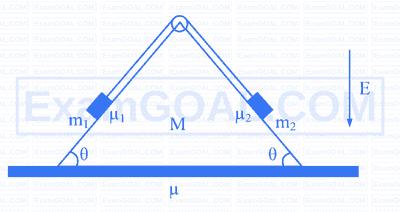Mechanics
Units & Measurement and DimensionsMotion in a Straight LineLaws of MotionCircular MotionWork, Energy and PowerRotational MotionGravitationSimple Harmonic MotionFluid MechanicsWavesHeat and ThermodynamicsOptics
Ray OpticsElectromagnetism
ElectrostaticsCurrent ElectricityCapacitorMoving Charges and MagnetismElectromagnetic InductionAlternating CurrentElectromagnetic WavesModern Physics
Atoms and NucleiDual Nature of RadiationSemiconductor Devices and Logic GatesLaws of Motion
Practice Questions